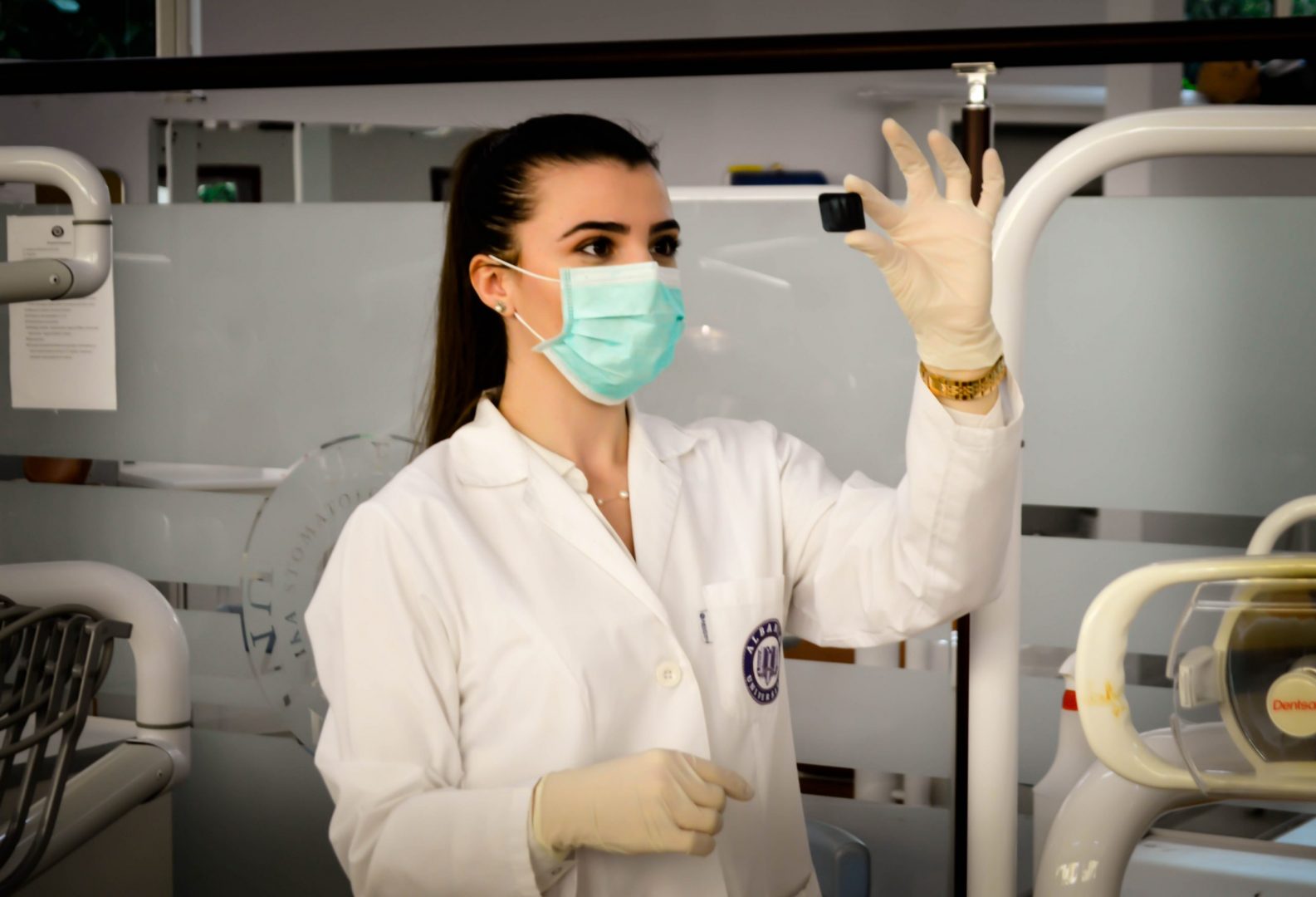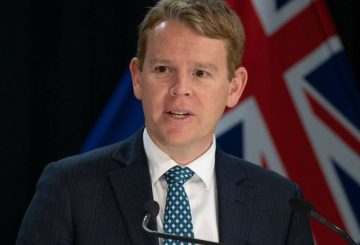New Zealand is used by a World Health Organisation spokesperson as an example of a country whose Covid-19 response has been effectively communicated to communities.
WHO’s special envoy on Covid-19, Dr David Nabarro, recently told a British magazine the organisation now believes lockdowns should only be used to buy authorities time to set up the systems that allow society to live with the virus.
Dr Margaret Harris, spokesperson for the World Health Organisation says he was referring to countries locking down the whole country instead of using contact tracing, testing and distancing.
“He certainly wasn’t referring to New Zealand.”
Harris says New Zealand is an example of a country that has worked well with a community to effectively communicate what is being done.
“In New Zealand there was a lot of clarity about what was expected and why things were going to be done and that’s extremely important, that people understand what’s going to happen and why it’s going to happen.”
She says New Zealand’s approach is different to countries who are seeing large numbers of cases each day.
“Certainly New Zealand is in an advantageous position because you have been suppressing your virus very early on and really bringing your numbers down.”
She says the second lockdown in Auckland was a targeted restriction and sometimes a suburb or section of society is put into quarantine.
“We certainly again, like to see that countries respond to what their transmission is doing and where it’s going on so we recommend that using the testing, tracing and isolation and quarantine approach, that it be done very much in a tailored way.”
Lockdowns are a drastic measure that is a last resort when transmission is racing through a community.
“We’re not saying you can’t do them, what we’re saying is it’s not the first thing.
“We see lockdowns as basically a final resort – we’re not saying their bad, we’re not saying they’re good but what we say is you put in a range of measures, ideally you have strong tracking, tracing and community engagement and have people taking all the measures necessary, hand washing, the physical distancing, mask wearing where appropriate and ensuring to avoid close settings and close contact.”
When countries have an outbreak and put a country into lockdown for a period of time it brings the transmission rate down, Harris said.
“It certainly does work, it brings the transmission down.”
But, she says a lot of countries struggle to come back out of a lockdown.
“That exit strategy is something that has been problematic for a lot of countries.”
WHO is saying that countries need to “do it all”, Harris says.
“Don’t go from lockdown to nothing, that was really the point, don’t go from nothing to lockdown, that was really the point Dr Nabarro was trying to make.”
Dr Collin Tukuitonga, a public health expert from the University of Auckland, told Morning Report New Zealand’s strategy is entirely appropriate for our circumstances.
“Some of the nuances in the WHO message is lost on some people, they’re not saying absolutely don’t do… I think in New Zealand we have a very strong strategy that’s proven to work on two occasions.”
He said the WHO advice doesn’t really apply to New Zealand.
“The WHO is not the final word on the matter, each country will need to make up its own mind about what’s appropriate at the local level.”
He said this kind of advice provides fuel for conspiracy theorists.
“I don’t think the WHO on this occasion has thought through what the implications of this might be and this is not the first time, the first time they were dithering and flip flopping on masks.”
He said the WHO needs to be much more careful and considered with its advice.
The advice is pitched to low-middle income nations, he said.
NEWS SOURCE: RNZ






























































